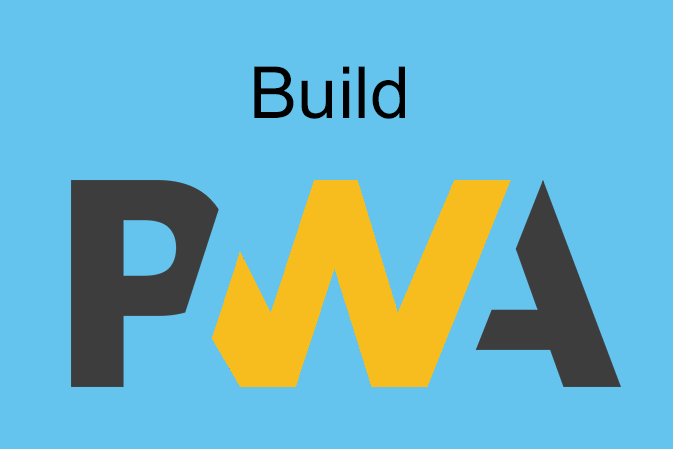Progressive Web Apps seem to be the future of cross-platform app development. Their ability to function on the web, as native mobile apps, and now even native desktop apps have made them a striking candidate for your next app.
Let’s understand Some history
It wasn’t until early in 2010 when web pages started to become more dynamic and responsive. You were now able to seamlessly create web pages with nothing more than HTML, CSS, and JavaScript that looked good on a wide variety of screen sizes. This was all about accessibility, it was now easier than ever to do this and didn’t require a lot of coding.
After 2015 to 2019, we’re at the point where the term PWA was coined at Google. It was coined by Frances Berriman, a designer at Google, and Alex Russell, a Chrome engineer, to describe a web app that takes advantage of modern browser features that allow you to run them on a native platform.
Back to the current year, PWAs are supported on iPhone, Android, Microsoft Edge and desktop platforms.
Major Benefits of PWA
Why should we care, what is a PWA going to do for me? We should all care because this is the simplest route to building a true cross-platform application. With a PWA you can truly build it once and run it everywhere, even from both the Apple App Store and Google Play Store. Running your PWA on app stores is beyond the scope of this article, but it is 100% possible and very cool.
One amazing benefit of PWAs is that they are fast. How are they so fast you may wonder? PWAs are pre-cached on the device and don’t depend on the network to load. That’s right, even if your users are offline they can still load your app. This is a major benefit because not only does this make your app load super quickly, it also gives your users a fantastic experience on your app.
Another point is that your app will not be dependent on the user’s network. This is fantastic if a user’s internet cuts out or if they just have a slow connection.
PWAs look and feel like native apps. Whether your users download your PWA from the play store or from the web they won’t be able to tell the difference from their other apps. This is a great thing to keep in mind for usability, your users will feel right at home with your app.
You may also be wondering, what about things like camera/gallery accessibility, notifications, and other native features. Many of these features, specifically around camera/gallery access are already built into most modern browsers!
Conclusion
You can do a lot more with a PWA than you think, and making smart use of the features of a PWA you can get your web app to look and behave like a great mobile app.
Related posts:








Best web design and developemnt company in UK
we provide best web developement and design service provider in UK
we provide best web development and design services in uk